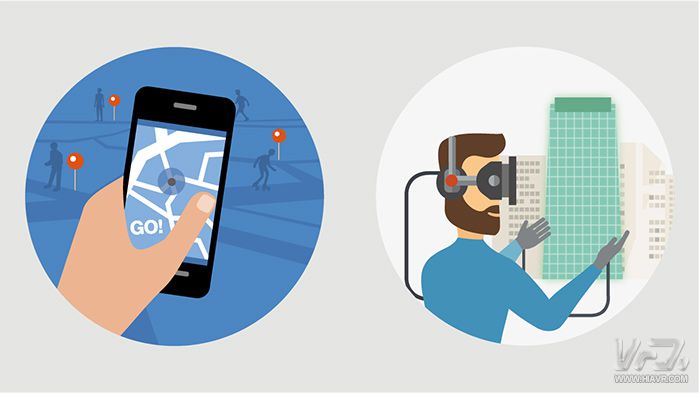
Over the past year, one of the most thrilling developments in the VR/AR space hasn't come from the gaming world, but rather from smartphone manufacturers. This summer, Apple and Google launched groundbreaking technologies—ARKit and ARCore—designed to bring augmented reality to iPhones, iPads, and Android-powered devices. These tools allow for a seamless blend of real-world environments with digital content, opening up new possibilities for users.
A recent report from Digi-Capital highlights that the VR/AR investment landscape is currently in transition, with a growing focus shifting from high-end VR solutions toward mobile AR. Between the previous year and the third quarter of this year, $18 billion was invested across 27 VR/AR sectors, with $300 million poured into the sector during the last quarter alone.
Many developers are enthusiastic about AR's potential, believing it could eventually drive consumers toward full VR systems. A prime example was Pokémon Go, which made people more comfortable with immersive experiences, even if they were just a glimpse of what VR can offer.
One of the biggest advantages of AR is that it can be accessed directly through smartphones. Users don’t need to invest in expensive headsets or connect their devices to a computer. This accessibility has made AR a popular innovation, accelerating its development and adoption.
Microsoft took a big step in 2015 with the release of HoloLens, promoting the idea that wearable AR devices could one day replace smartphones. However, since the launch of the Lumia 950, Microsoft has not released any major Windows 10 Mobile flagship phones. Recent price cuts on the Elite X3 suggest that HP has abandoned its ambitions in this space. Some Microsoft executives have even stated that Windows 10 Mobile isn't their main focus, and the company is now prioritizing iOS and Android app development.
In October’s Windows 10 update, Microsoft partnered with companies like Lenovo, Dell, HP, Acer, and Samsung to create a headset based on its design. The device went on sale on October 17th at a price of just $300. Analyst Brian Blau from Gartner remarked, “There are some exciting games coming up. But without a strong ecosystem, these games won’t reach their full potential.â€
Google and Apple have both integrated AR technologies into their platforms—Android and iOS—making them key entry points for future AR development. For developers, adding AR features to apps is becoming easier, while Microsoft faces challenges due to its lack of an independent operating system. As a result, the tech giant may struggle to keep up with Apple and Google in the AR race.
The AR market represents a fresh opportunity for businesses, with significant room for growth and innovation. Combining core technologies with software, hardware, and content can drive consumer interest. Scott Montgomerie, CEO of ScopeAR, said, “We’ve finally reached the tipping point. I believe the technology can now deliver a great user experience.†AR is already being used in training scenarios, helping employees get familiar with complex equipment like oil rigs and rock drills.
Apple, Google, and Facebook are all actively developing AR applications, with Apple incorporating AR features into iOS 11. While AR is still in its early stages, it has the potential to significantly change how we interact with the digital world and transform our daily lives.
Hydraulic Pump Electric Motor Combo,A Hydraulic Pump,D B Hydraulics,Hydraulic dc motors
Wuxi Jinle Automobile Motor Factory , https://www.wxjldj.com
